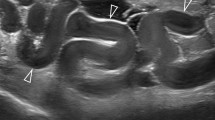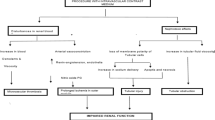Abstract.
Since its introduction into clinical practice in the early 1930s, intravenous urography (IVU) was the primary imaging technique for the investigation of urinary system disorders for many years, until the advent of digital cross-sectional-imaging techniques gradually started to undermine many of its indications. Intravenous urography has been superseded for some indications such as renovascular arterial hypertension, prostatic dysuria, renal failure, palpable abdominal masses and recurrent urinary tract infection in women. Intravenous urography has been reduced, in the sense that it is no longer a primary examination, for other clinical indications such as renal colic, renal trauma, uroseptic fever, asymptomatic haematuria, medical haematuria, obstructive uropathies and follow-up of various disorders. Intravenous urography is indicated and often mandatory in congenital anomalies of the urinary tract, prior to endourological procedures, possible fistulas, renal transplantation, tuberculosis and ureteral pathology. In conclusion, IVU is still the examination of choice where there is a need to visualize the entire urinary system and to evaluate the state of the papillae and calyces. Computed tomography urography and MR urography are the imaging modalities ready in the near future to replace IVU.
Similar content being viewed by others
Author information
Authors and Affiliations
Additional information
Electronic Publication
Rights and permissions
About this article
Cite this article
Dalla Palma, L. What is left of i.v. urography?. Eur Radiol 11, 931–939 (2001). https://doi.org/10.1007/s003300000801
Received:
Accepted:
Published:
Issue Date:
DOI: https://doi.org/10.1007/s003300000801




